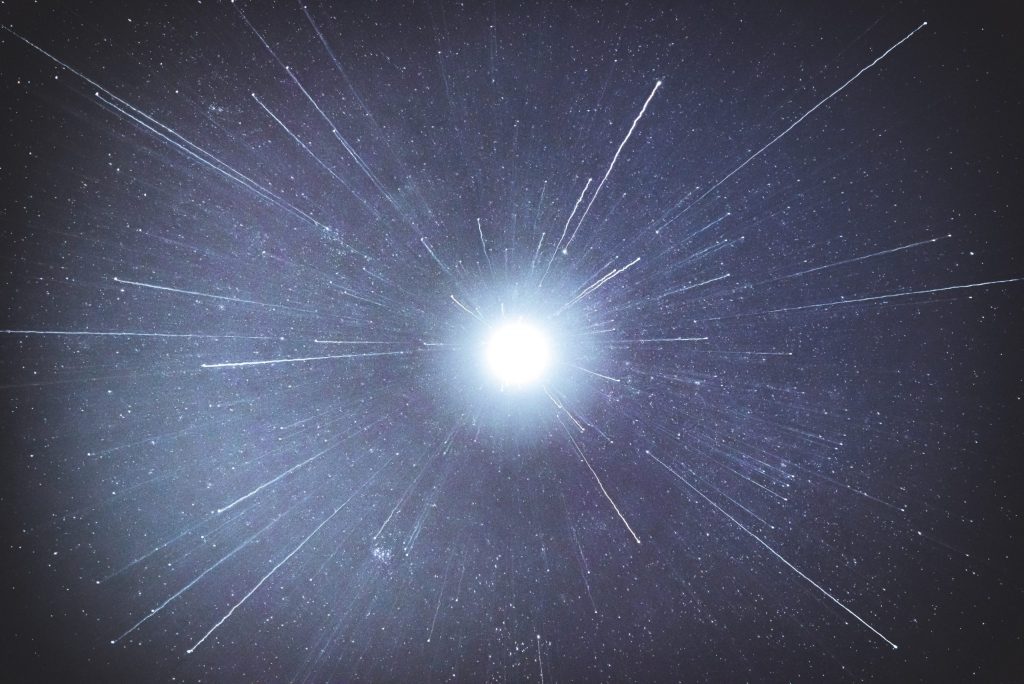We all have heard of the super photon. It is a photon made up of many thousands of individual light particles. About 10 years ago, a team of researchers at the University of Bonn produced such a photon for the first time and it was a new light source for us. This state called the Bose-Einstein condensate has captivated many physicists ever since, because this exotic world of light particles is home to its very own physical phenomena.
Led by Prof. Dr. Martin Weitz, who discovered the super photon, and theoretical physicist Prof. Dr. Johann Kroha have returned from their latest “expedition” into the quantum world with a very special observation.
This time they report a new phase transition in the optical Bose-Einstein condensate. They called this over-damped phase.
They have published the study in the journal Science and this can help encrypted quantum communication.
The Bose-Einstein condensate is an extreme physical state that usually only occurs at very low temperatures. The interesting thing about this is that particles in the system are no longer distinguishable and are predominantly in the same quantum mechanical state, which means they behave like a single giant “super-particle.” This helps us to describe it by a single wave function.
The system created by Martin Weitz in 2010 was a grand success and is still used today. Physicists trap light particles in a resonator made of two curved mirrors spaced just over a micrometre apart that reflect a rapidly reciprocating beam of light. The space, filled with a liquid dye solution, helps to cool the photons. This is done by the dye molecules “swallowing” the photons and then spitting them out again, which brings the light particles to the temperature of the dye solution.
Let’s know what is the phase transition that happens with a system of trapped light particles? The somewhat translucent mirrors cause photons to be lost and replaced, creating a non-equilibrium that results in the system not assuming a definite temperature and being set into oscillation. This creates a transition between this oscillating phase and a damped phase. Damped means that the amplitude of the vibration decreases.
Fahri Emre Öztürk, a doctoral student at the Institute for Applied Physics at the University of Bonn, said that the over-damped phase we observed corresponds to a new state of the light field.
The special feature of this is that the effect of the laser is usually not separated from that of Bose-Einstein condensate by a phase transition, and there is no sharply defined boundary between the two states, thus helping us to continually move back and forth between the effects.
This means that we are dealing with two separate phases of the optical Bose-Einstein condensate.
The researchers plan to use their findings as a basis for further studies to search for new states of the light field in multiple coupled light condensates, which can also occur in the system.
Journal Reference:
Fahri Emre Öztürk, Tim Lappe, Göran Hellmann, Julian Schmitt, Jan Klaers, Frank Vewinger, Johann Kroha, Martin Weitz. Observation of a non-Hermitian phase transition in an optical quantum gas. Science, 2021; 372 (6537): 88 DOI: 10.1126/science.abe9869

